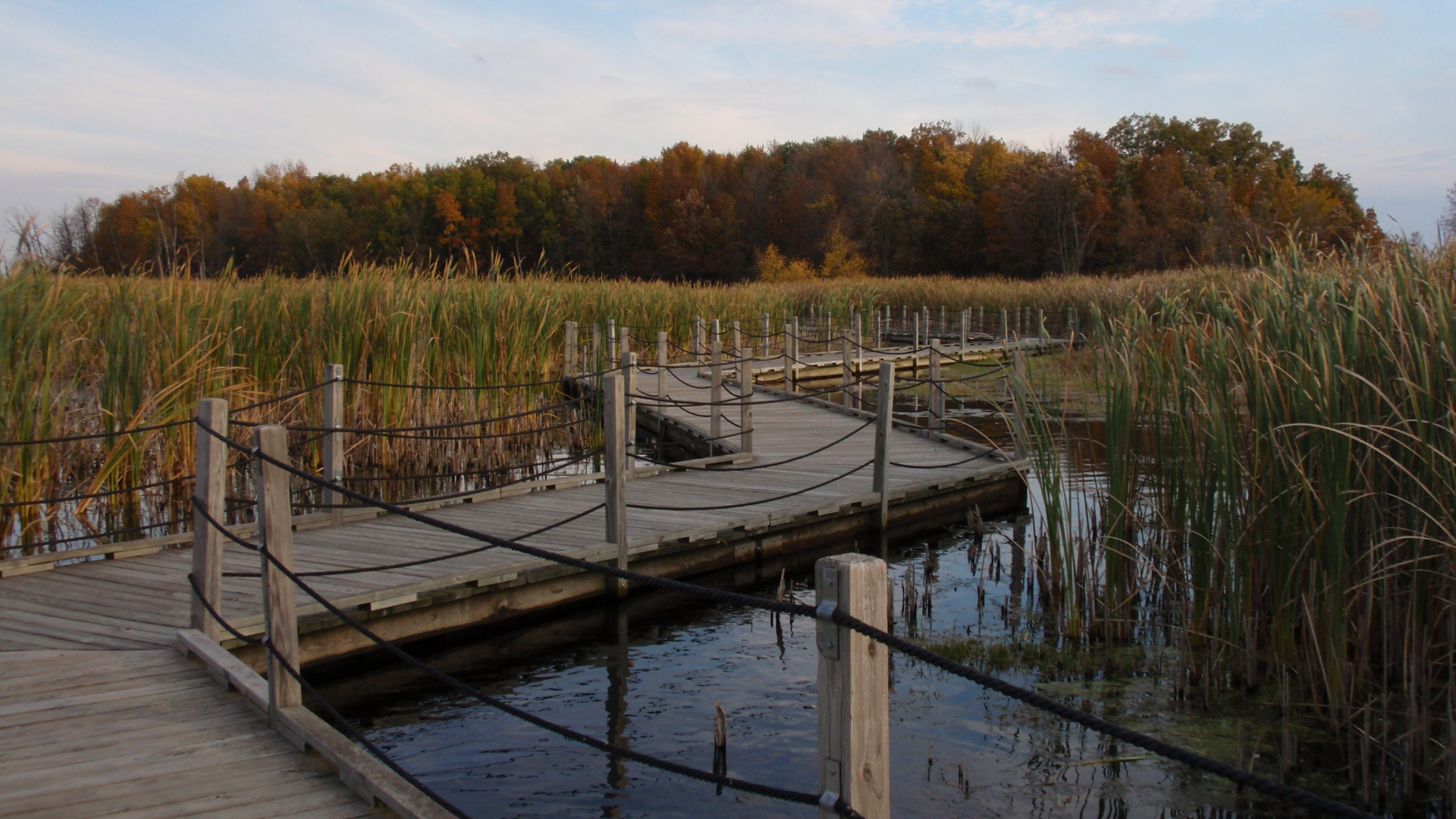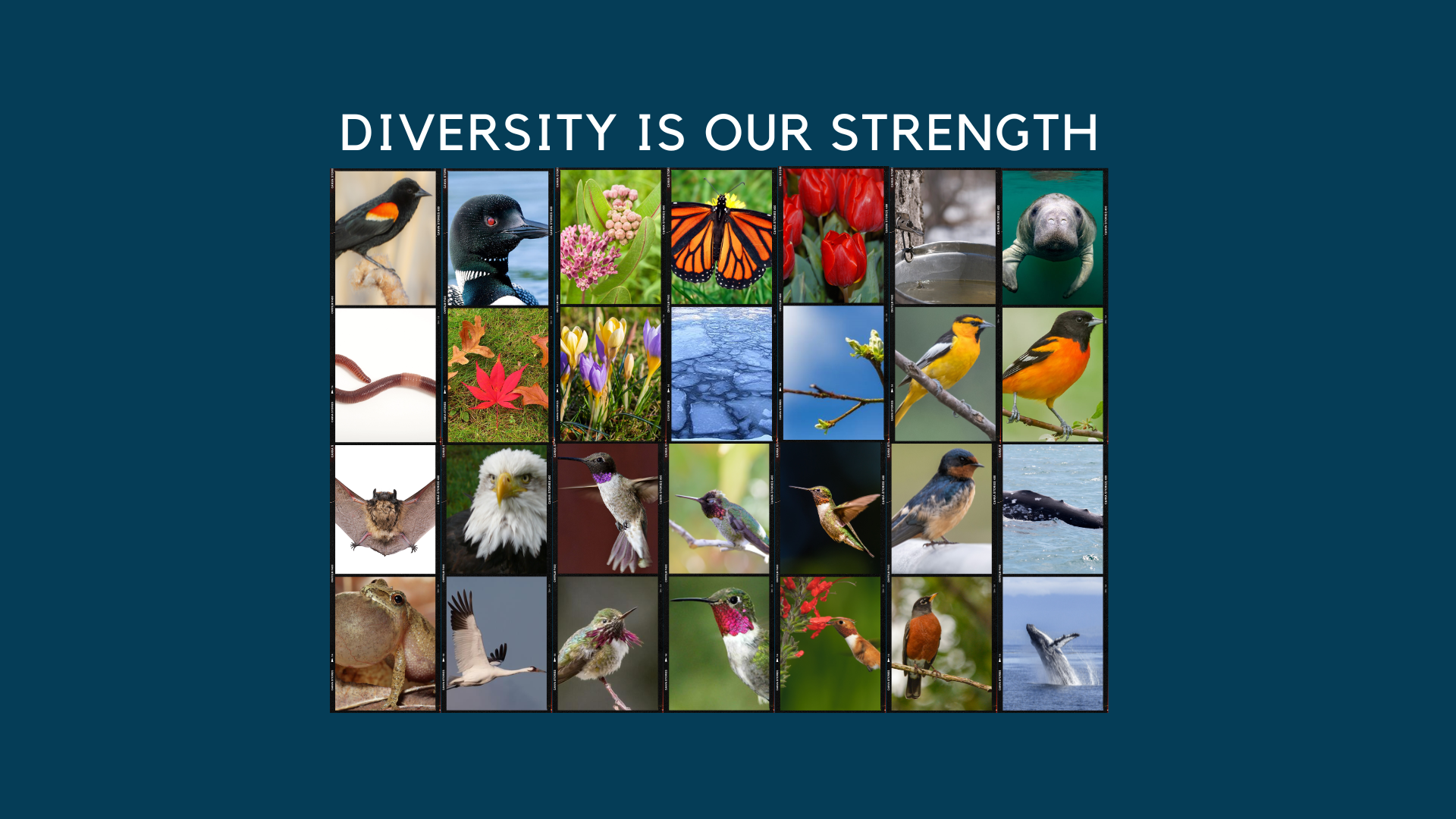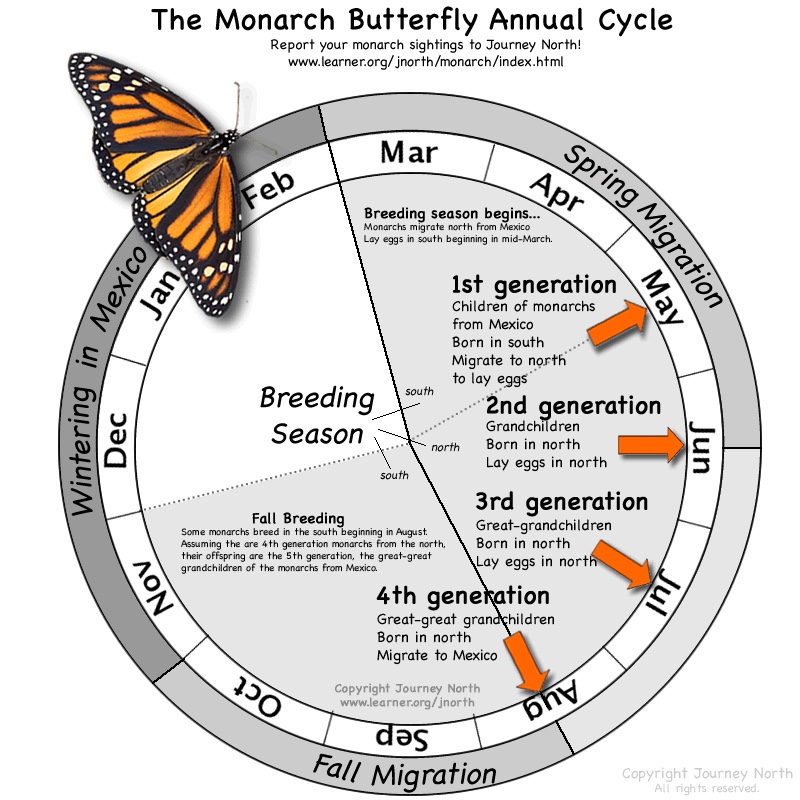Our Vision

Our vision is of a future where the skies remain alive with the movement of migratory species, and where their epic journeys continue to serve as symbols of hope and inspiration. We see a world where migratory species move freely along migration routes, supported by strong conservation efforts and participatory research.
Our Mission
Inspiring Community Engagement: We foster a continent-wide community of land stewards by promoting awareness, appreciation, and stewardship of migratory species and their habitats. Through diverse storytelling and educational initiatives, we aim to cultivate connections between people and nature, emphasizing the intrinsic values of migratory species to ecosystems, human culture, and economies. By empowering individuals and communities to take action, we aim to create a sustainable future where migratory species thrive.
Advancing Scientific Research: We support rigorous scientific research on the behaviors, needs, and challenges faced by migratory species, contributing to the development of science-based conservation strategies. By leveraging the power of the crowd and collaborating with leading researchers and institutions, we strive to deepen our understanding of migratory patterns and inform evidence-based conservation practices.

Our Values

At our core, we uphold excellence and integrity in both scientific endeavors and outreach initiatives. We cultivate an environment that encourages the free exchange of ideas, respectful engagements, and the spark of creativity, all while striving for fairness and inclusivity in our relationships.
We deeply acknowledge the transformative power of diverse collaborations. Our partnerships extend across a spectrum, from fellow researchers to grassroots communities, recognizing that collective action yields the most significant impact.
Our dedication extends to embracing various learning approaches and honoring the past, present, and future. We champion sustainable practices that safeguard migratory species and their habitats, understanding that our actions today shape tomorrow's ecosystems.
We celebrate the intricate interplay between wildlife and human cultures woven together through migration. Within our scientific endeavors, we champion open science, while in our community, we prioritize inclusivity and diversity. Drawing inspiration from the wisdom of the past, we cultivate a profound respect for the land and its inhabitants. Together, we leverage our collective strengths to shape a brighter future.
Our Guiding Principles
Journey North, a participatory science program driven by crowdsourcing, operates under the guidance of ten principles developed by an international coalition of practitioners, including the European Citizen Science Association and the Association for Advancing Participatory Sciences.
Our program mobilizes volunteers to collect essential data on migration patterns and seasonal changes, fostering widespread public involvement while addressing critical research inquiries and informing conservation endeavors. We prioritize collaborative learning and provide comprehensive feedback to our volunteers through various channels, continuously striving to broaden participation and maintain the integrity of our open-access data. Additionally, we place great importance on recognizing the invaluable contributions of our volunteers, ensuring the quality assessment of collected data, and safeguarding the confidentiality of sensitive information.
Our volunteers, through their dedicated efforts, play a pivotal role in advancing the field of migration science by supplying vital data and sharing compelling migration narratives through detailed observational reports, including photographs and field notes. We express our heartfelt gratitude to these committed individuals for their indispensable contributions.

Our Monitoring Approach: Local Efforts. Continental Impact.

Across North America, approximately 350 bird species and 71 insect species embark on epic migratory journeys each year. These migration stories are awe-inspiring tales of survival, resilience, and triumph over adversity, reminding us of nature’s wonders and the intricate connections between species and their habitats. Unfortunately, many migratory species are in decline. Climate change and habitat loss (among other factors) are driving these declines.
Migration science is a multidisciplinary field studying animal movement patterns, including the seasonal movements of birds, mammals, fish, insects, and other species. It examines migration routes, stopover habitats, breeding and wintering areas, timing, and distances for different species. To unravel these complex interactions, a vast amount of data is needed.
This is where Journey North volunteer-contributed data becomes invaluable. With so many species and regions to cover, scientists alone cannot gather all the necessary observations. By recording observations, volunteers provide real-time data that helps scientists track changes and identify trends. This collective effort enhances the understanding of migration patterns and the impacts of climate change, making participatory science essential for advancing migration science. Your observations help identify critical migration corridors linking breeding and non-breeding ranges. While our work may be local, our collective impact is continental. Join us in making a difference and contributing to this vital work.
- Journey North: A crowdsourced, contributory participatory science the employs event-based phenology monitoring.
Journey North has engaged a wide audience since 1993 in tracking the migration of species such as Monarch Butterflies, Hummingbirds, Red-winged Blackbirds, Barn Swallows, Orioles, American Robins, and Common Loons. These species travel thousands of miles each year, and we need your help to track their migratory journeys. From Canada, the U.S., Mexico, the Caribbean, and Latin America, every observation counts. All you need is an observant eye and 15 minutes to enter your data online.
Journey North is a participatory science program that employs event-based phenology monitoring to record specific occurrences in the life cycles of plants and animals, such as the first emergence of a plant or the arrival date of migratory birds in spring. Key characteristics of the Journey North monitoring approach include:
- Precise timing: Observations are recorded as events happen, capturing the exact dates.
- Event-centric: The focus is on specific events rather than continuous observations.
- Seasonal variation: This method captures seasonal shifts in natural events, helping researchers identify changes in timing over time.
- Opportunistic observations: Volunteers contribute data based on often spontaneous and unplanned observations. Unlike structured projects that follow strict protocols and schedules, opportunistic projects allow Journey North participants to report observations or events as they encounter them in their everyday lives. The goal of this flexible approach is to enable a broader range of people to participate.
- Crowdsourced: Journey North uses the power of the crowd to gather large amounts of data from diverse locations, a valuable approach for tracking phenomena that are widespread and unpredictable, such as the arrival of migratory species during spring migration.
- Contributory participatory science: Journey North has been designed by researchers; members of the public contribute data.
Our Story
Journey North began its mission in 1994, fueled by a simple yet powerful belief: everyone can contribute to our understanding of the natural world. Founded by Elizabeth Howard, the initiative aimed to harness the burgeoning power of the internet to explore the intricate web of connections within nature. Howard's fascination with wildlife migration and her concern about the impacts of habitat changes on migratory patterns inspired her to share these captivating stories with a wider audience. Her vision was to create a program that would not only showcase the incredible journeys of migratory species but also allow the public to track these phenomena across North America.
In the late 1990s, Journey North transformed by introducing an online platform for participants to submit their observational data. Volunteers no longer needed to mail in their reports; they could now share sightings from the comfort of their homes. This innovation turned the migration story into a collective effort, narrated by thousands of volunteers and brought to life through real-time mapping visualizations of wildlife migration.
In 2019, Journey North entered a new chapter when it was acquired by the University of Wisconsin-Madison Arboretum. This transition from a non-profit to an academic program marked an exciting juncture, aligning Journey North with the Arboretum's mission to foster ecologically sustainable relationships between people and the land through innovative science, stewardship, education, and public engagement.
In 2024, Journey North celebrated its 30th anniversary. Nancy Sheehan, Program Coordinator from 2018 to 2014, continued the work begun by Elizabeth Howard. During her tenure, Sheehan published nine data packages to a central environmental data repository, ensuring adherence to F.A.I.R. data management principles. She also collaborated software engineer Garrett Smith (UW-Madison Department of Inforamtion Technology) to transform the sightings database into a relational database. Sheehan and Smith also designed a mobile-friendly Registration and Sightings data entry application. Sheehan and Smith also designed a user-friendly website to enhance the experience for volunteers and visitors. These enhancement will allow volunteers to provide more comprehensive observational reports to better capture phenological events of migratory species.
Together, we can ensure that the awe-inspiring phenomenon of migration continues to enrich our world, creating a lasting legacy of conservation for generations to come.
- Celebrating thirty years
Together, we can ensure that the awe-inspiring phenomenon of migration continues to enrich our world, creating a lasting legacy of conservation for generations to come.



